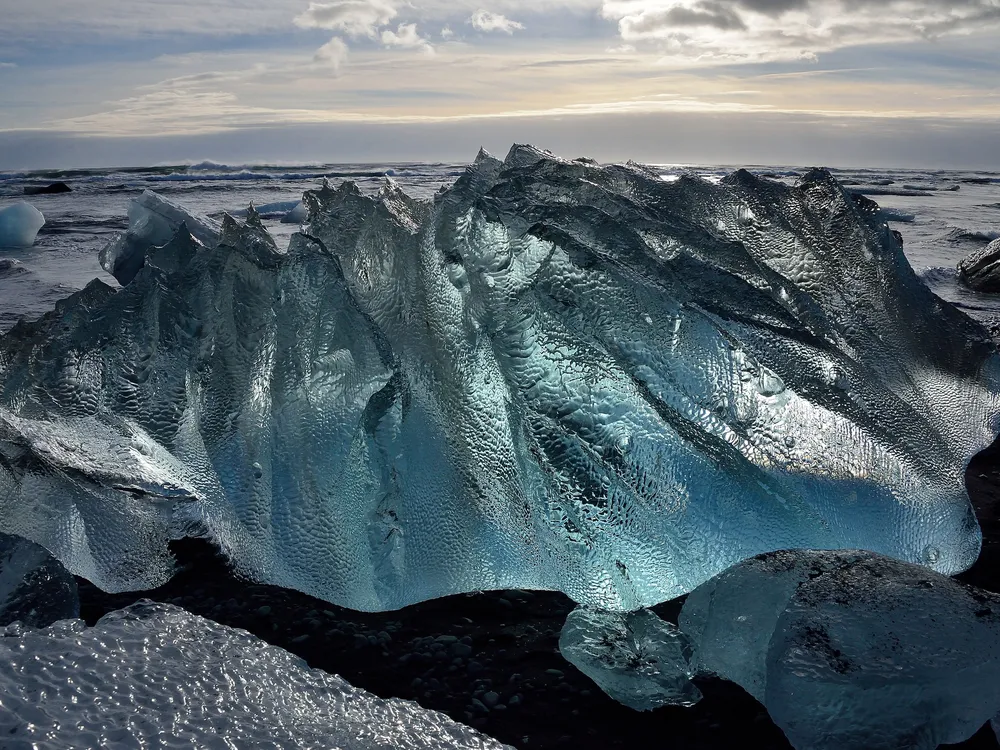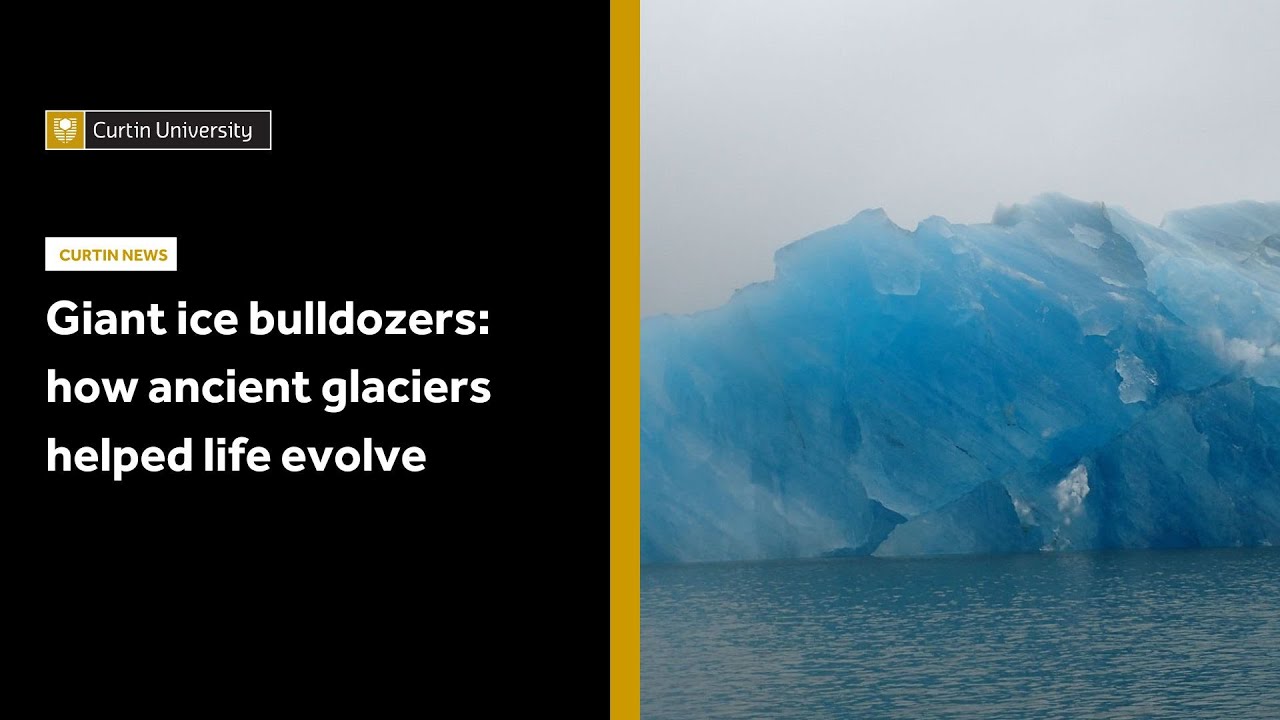How Enormous Glaciers on the Frozen ‘Snowball Earth’ Might Have Bulldozed the Path to Complex Life on Our Planet
A new study suggests glaciers carved metals out from the Earth’s surface 700 million years ago, leading to chemical reactions in the oceans that set the stage for early animal evolution

Long before the emergence of dinosaurs—during the Cryogenian Period around 700 million years ago—our planet would have been unrecognizable, according to one idea. Known as the Snowball Earth hypothesis, it suggests that runaway cold temperatures launched a series of deep freezes that enveloped the world in glaciers.
Now, scientists say those prehistoric glaciers bulldozed the Earth’s surface and paved the way for complex life to emerge, according to new study published in February in the journal Geology.
As the glaciers formed over the landscape, they pulverized the ground beneath them. Then, “when the ice eventually thawed, the ground-up minerals washed into the oceans where they may have provided the nutrients needed for the evolution of complex life,” lead author Chris Kirkland, a researcher at Curtin University in Australia, writes in the Conversation.
“This study highlights how Earth’s land, oceans, atmosphere and climate are intimately connected,” says Kirkland in a statement. “Even ancient glacial activity set off chemical chain reactions that reshaped the planet.”
To come to their conclusion, Kirkland and his colleagues traveled to Scotland and Ireland to study sandstone deposits from rock formations dating back to the time of the Snowball Earth. There, they focused on small minerals called zircons.
“Zircons are tiny, tough minerals that act like time capsules of Earth’s history,” explains Kirkland to Lauren Fuge at Cosmos magazine. “Because zircons are so durable, they survive for billions of years and can be transported by rivers, glaciers and wind into sedimentary layers.”
Zircons also contain small amounts of radioactive uranium, which decays at a predictable rate over time—so the researchers can measure that decay to calculate a sample’s age.
The research team compared sediments from the Snowball Earth period to ones from after the ice had melted. “We recovered distinctive patterns in the populations of these mineral grains,” Kirkland tells Mindy Weisberger at CNN in an email. “In essence, the ‘DNA’ fingerprint of these sedimentary rocks changed.”
The scientists suggest the glaciers carved out metals from within the land and introduced them to oceans as they melted. There, they spurred a series of chemical reactions that would have set the stage for weird, complex life to evolve during the Ediacaran Period that followed. Uranium in the oceans, for example, has been linked to higher oxygen availability, Kirkland tells Cosmos magazine. Previous research has also suggested the glaciers introduced life-supporting elements such as phosphorus to the oceans.
Some researchers, however, are careful about linking glacial erosion to complex life. “This connection has been proposed before, but it is controversial because the linkage is assumed rather than explained,” Graham Shields, a geologist at University College London who was not involved in the study, tells CNN in an email. “Dramatic landscape change causing the emergence of macroscopic animals is a neat idea, but the paper introduces a hypothesis about glacial erosion/weathering that can be tested, rather than settling the debate.”
Still, the research shows just how much the Earth can transform—and how much it has transformed already. “Our deep time geological record indicates how changing one part of Earth affects another,” Kirkland says to CNN.
“This research is a stark reminder that while Earth itself will endure, the conditions that make it habitable can change dramatically,” he says in the statement, noting that understanding these shifts might shed light on current climate change.
“The deep past provides a guide on how chemical cycles on our planet operate,” writes Kirkland in the Conversation. “Whether we will be wise enough to use this information is yet to be seen.”



